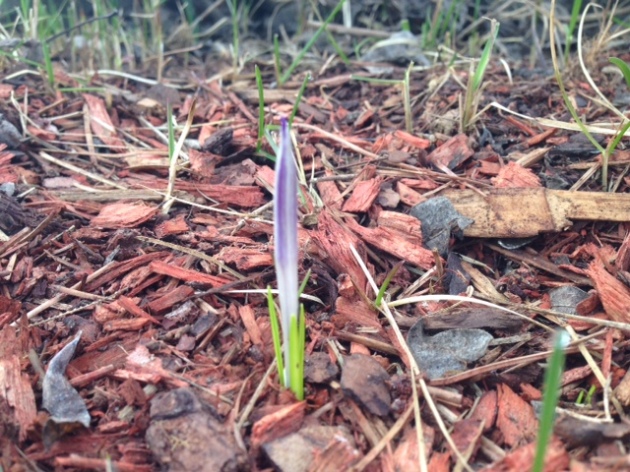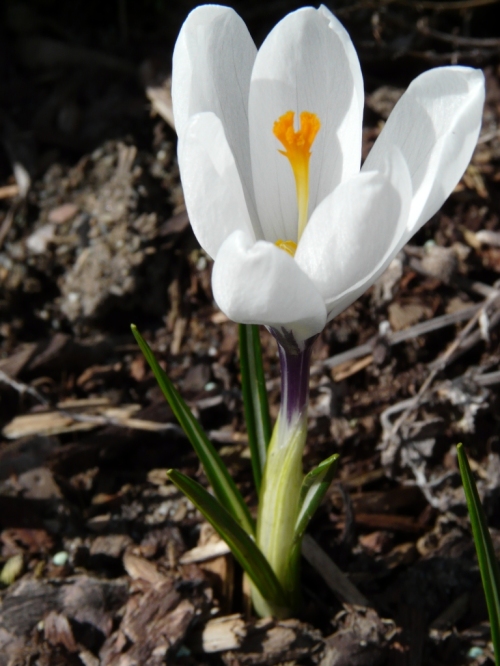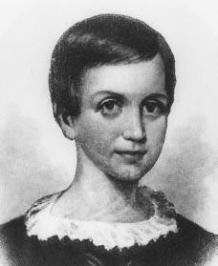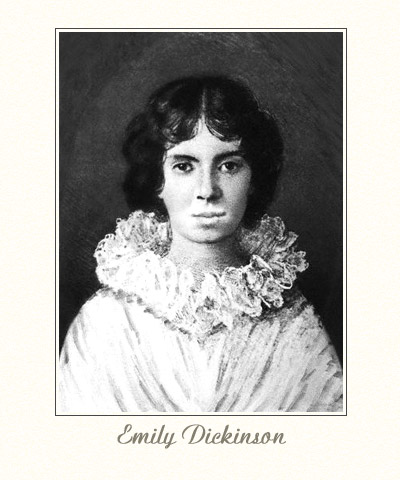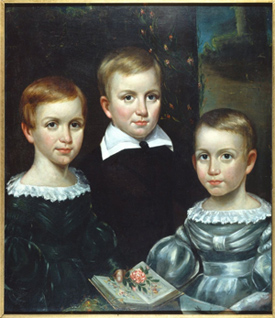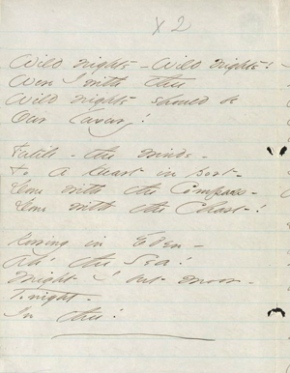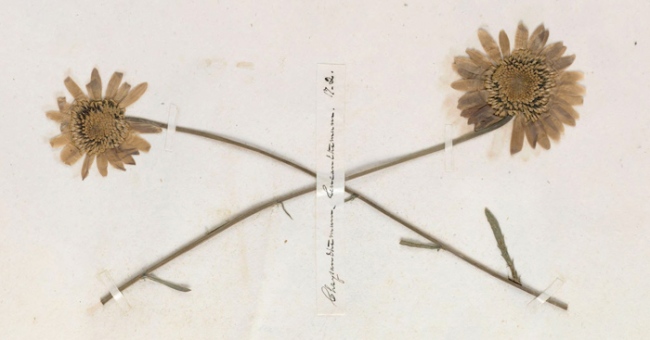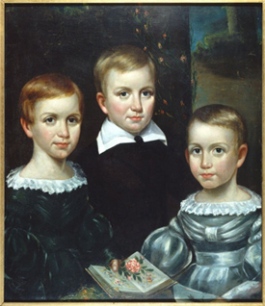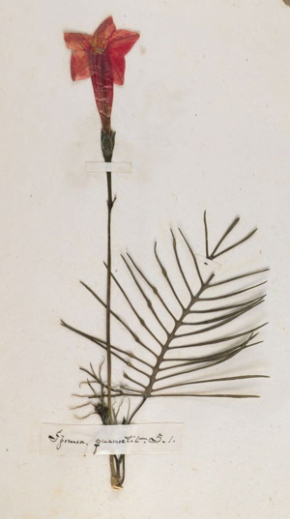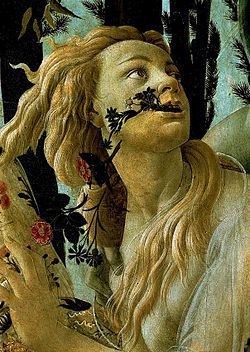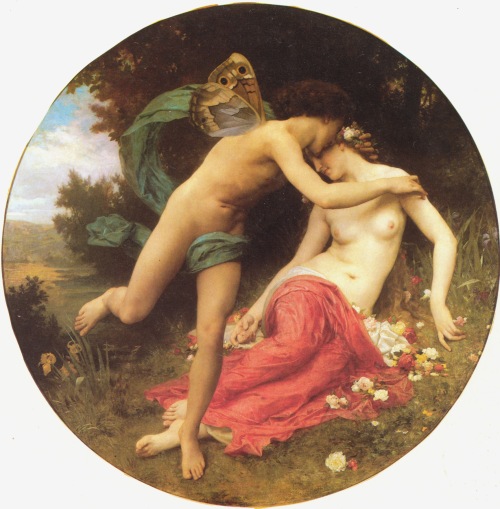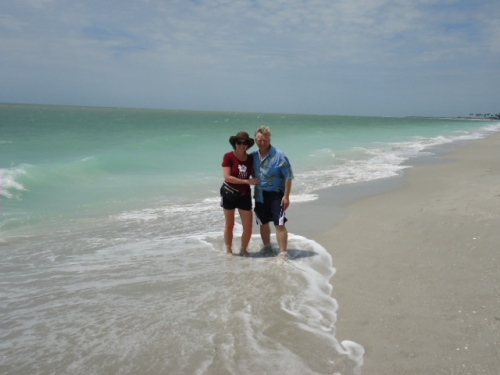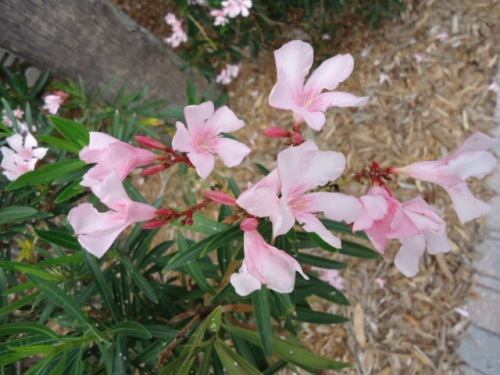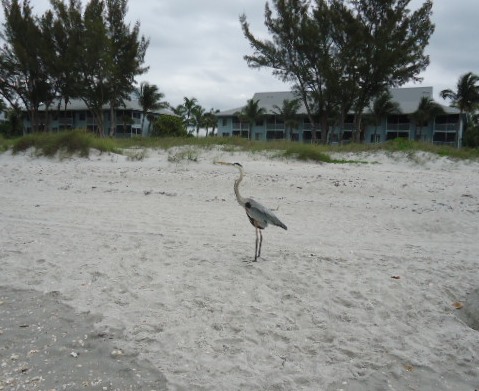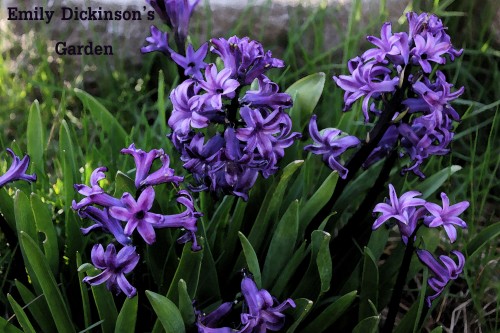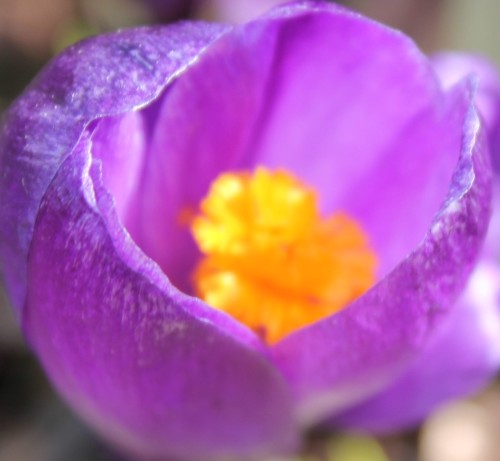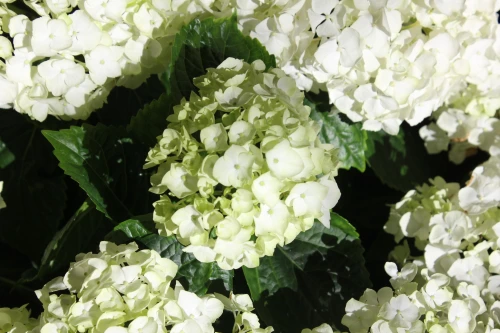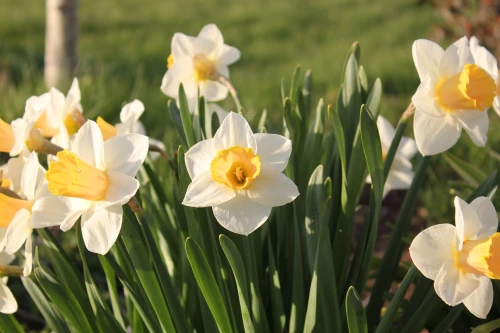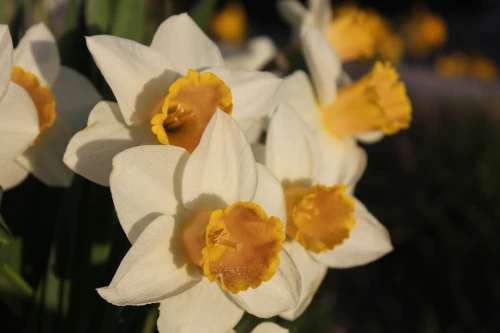Notifications kept coming in, but I was remiss in updating my blog. I hope to remedy that today. So much has changed in five years. I’m still alive–yay! All of my landscaping has matured–yay! And, I’m in a position to labor in my gardens again–yay!
I want to keep this post somewhat simple and let the photos speak for themselves. I will just say that as I planted and tended my garden through the years, some things thrived and others did not. I did create a “poetic space” that was / is very meaningful and inspirational to me.
Like Emily, I’ve cursed my cats for destroying the beautiful birds and, in fact, I made an outdoor/indoor cat enclosure for them this year to save my garden birds. There were also the years, where like Emily, I focused my attention on recording the wild flora–attending botany walks and always packing along identification books and camera–the modern day version of her herbarium. I think of her often in what I do.
Here are some comparison photos from around the house.
Back when there was no grass, trees, or flowers and I still had my sweet dog, Elsa.

Now.

Originally, we planted a flowering plum in front, but it died. Aspen are native to our area, so we replaced many of our trees with aspen, like this one in front. They all flourish here, as do lilacs–but more on those below.
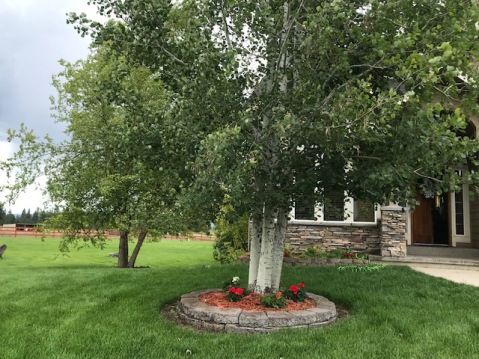
The roses on the front fence, looking out to the barn last night.

Also along the front fence, my white tulips.
Here is the before of the front (left) space before the railing was removed. The railing was purely decorative, and served no functional purpose, so we removed it and opened it up.

Today, we plant new things every year, but some of it has volunteered itself or remained. The lilac tree grows in an old metal tub a friend dropped by my house, and which I intend to paint white. The thyme jumped out of its container and started to grow in the bricks.
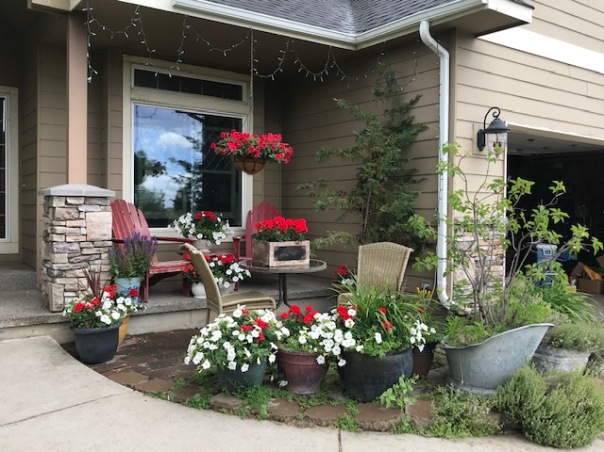
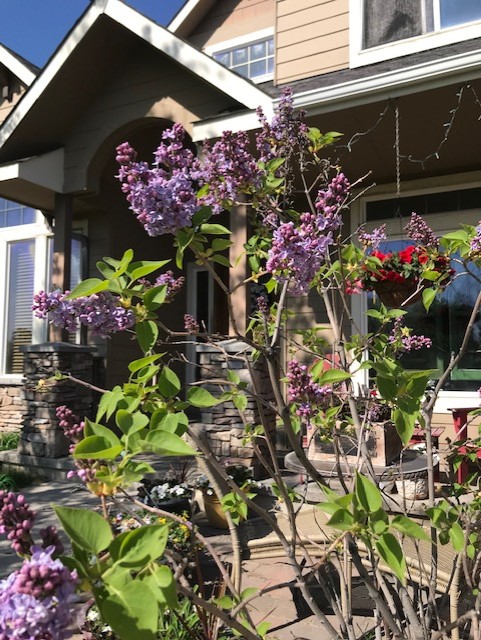
The center rock planter was completely redone. Here is the before picture.
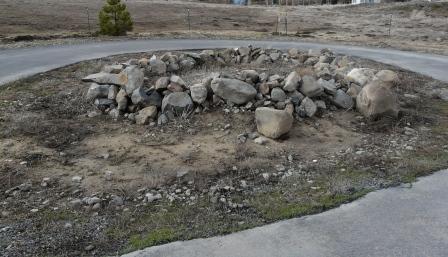
I’m going to weed it this week and add red bark, but I’ll show you a few of the flowers that grow around it. (That is another aspen in the center)
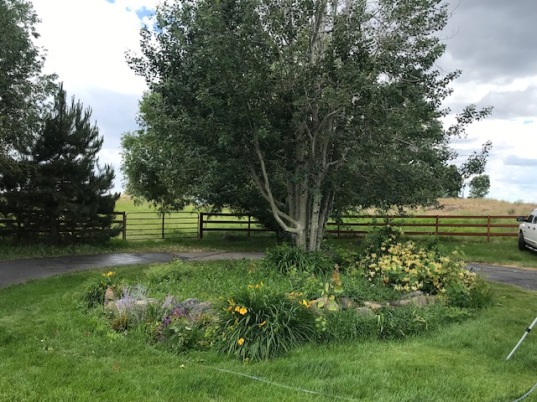
Honeysuckle loves it under the aspen and has crowded out the original clematis.
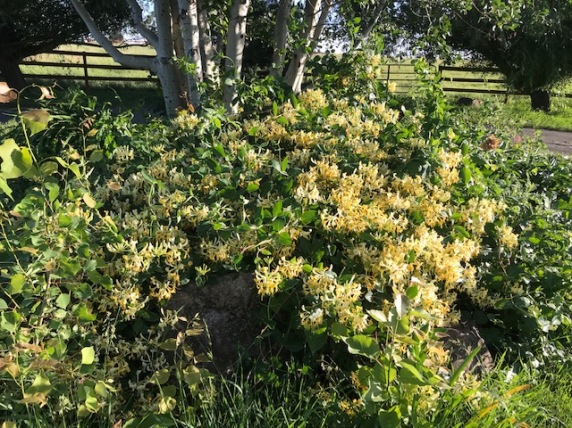
Two varieties of peonies also grow very well there. They were started from bulbs. You can read about my bulb dreams in this post. Many of my bulbs survived.
Here are the pictures and an excerpt from that original post so long ago:
The promise of a bulb holds the same hope as a new pet, new love, new career, even a new baby. We project ourselves into the future each time we plant one. It’s hard to foresee what circumstances may thwart our plans: a too-cold winter, a colony of voles, the tractor that scoops up the earth and the bulbs hidden deep beneath; like life, it’s hard to predict what will happen after we plant our dreams.
Yet, some, if not most, make it. The tulip bulb that was accidentally dug up and thrown in the pit and, I thought, gone forever, bursts forth in a clump of compost. The bulbs planted in soil that was too hard, spring up from the ground later than the others, when the April rains have finally softened a space for them to poke through.
There are some that don’t make it, it’s true, but the joy for the ones that survived—returned to you, in a way—rewards our original hope. We just had to wait, have patience, and believe that our loyal labor of love would be rewarded.
Like my snowflakes. They survived and thrived. Here they are in spring 2019.
This bleeding heart comes back every year. It’s lovely. 2019.
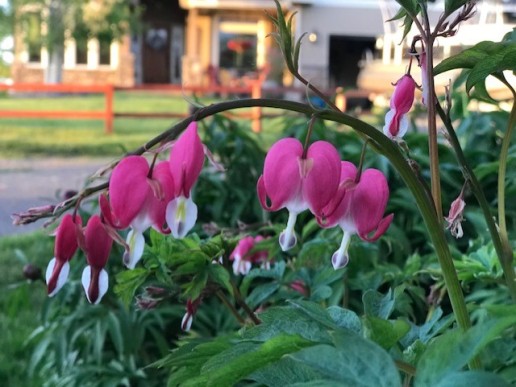
Besides these plants, there are daylilies, daffodils, tiger lilies, lavender, and many other little surprise, some of which I can’t even remember planting. Unfortunately, all of my crocus were crowded out. I’ll have to replant some in fall.
This little front planter has gone through various transformations, but this spring I went all out for day lilies, daisies, and geraniums.

They need a little more growing time to really pop.
The side of the house was monstrously bare. My dream was forsythia and purple sand cherry. Well, that came true very quickly and the side of the house is now a jungle of yellow forsythia in spring. The electric company did cut a little of it back, but it’s growing back fast. I love to cut branches of it in the spring for flower arrangements.

The back planter. Where you see concrete, it is now a sun room with a deck over the top and roof. I’ll show a variety of those pictures so you can see the transformation.
Here is the front driveway after we’d planted flowering plum.
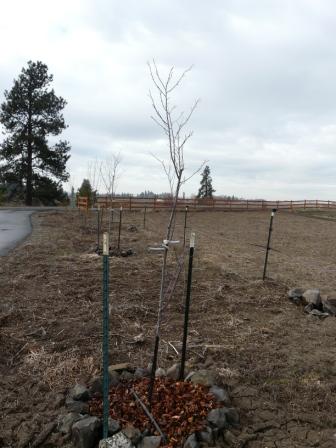
And here they are this spring.
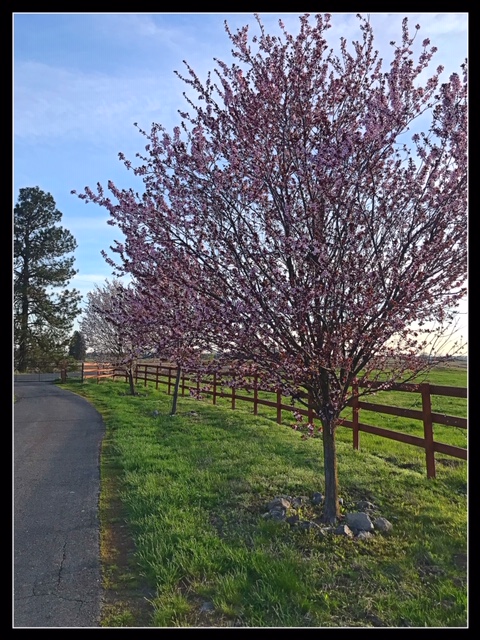
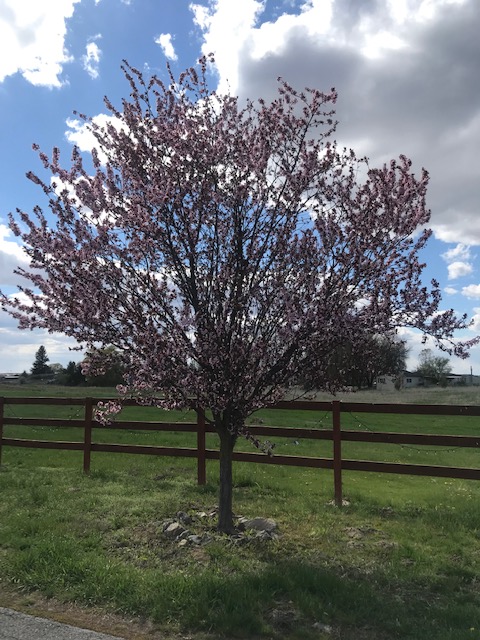
So many changes. Of the trees we planted, the flowering plum, weeping willow, aspen and lilacs, thrived. We used lilacs to create a fence barrier between our property and our neighbors, and also growing up over the deck. The breeze carries their perfume to us during the spring.
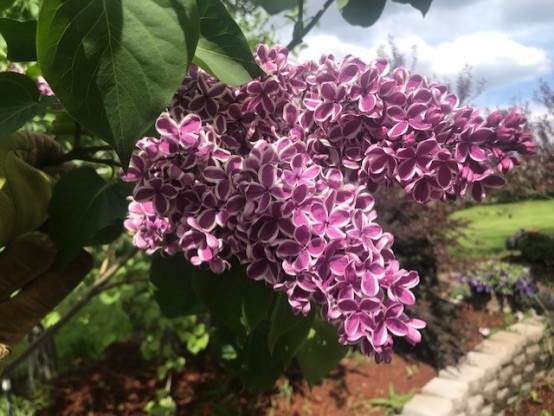
There is a lot to catch up on after five years, and I hope to do a few posts on individual flowers and planters very soon.
Happy gardening!
I’ll leave you with a poem by Emily Dickinson about the lovely lilac.
But ancienter than that
The Firmamental Lilac
Upon the Hill tonight —
The Sun subsiding on his Course
Bequeaths this final Plant
To Contemplation — not to Touch —
The Flower of Occident.
Of one Corolla is the West —
The Calyx is the Earth —
The Capsules burnished Seeds the Stars
The Scientist of Faith
His research has but just begun —
Above his synthesis
The Flora unimpeachable
To Time’s Analysis —
“Eye hath not seen” may possibly
Be current with the Blind
But let not Revelation
By theses be detained —




























